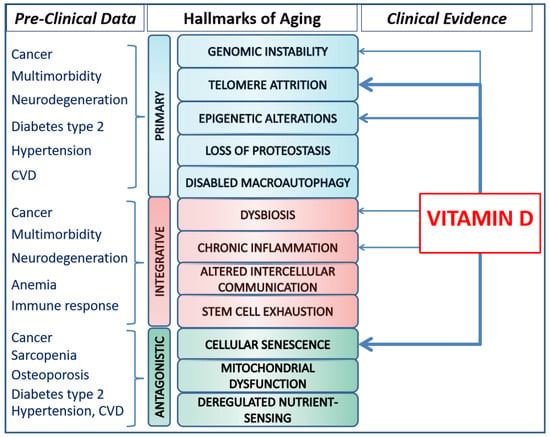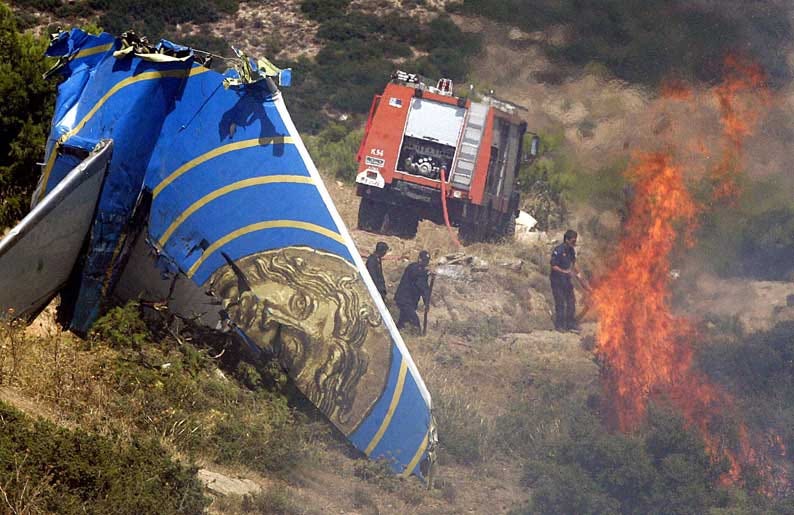Solastalgia - Wikipedia
Solastalgia (/ˌ s ɒ l ə ˈ s t æ l dʒ ə / ) is a neologism that describes a form of emotional or existential distress caused by environmental change. It is best described as the lived experience of negatively perceived environmental change. A distinction can be made between solastalgia linked to mourning what is already lost (Ecological grief), and eco-anxiety linked to what may happen (associated with "pre-traumatic stress", in reference to post-traumatic stress).
Glenn Albrecht describes it as "the homesickness you have when you are still at home" and your home environment is changing in ways you find distressing. In many cases this is in reference to global climate change, but more localized events such as volcanic eruptions, drought or destructive mining techniques can cause solastalgia as well.[1] Coined by philosopher Glenn Albrecht in 2005,[2] it was formed by the combination of the Latin words sōlācium (comfort) and the Greek root -algia (pain). Differing from homesickness, solastalgia refers to the distress specifically caused by environmental change.[3] In 2015, the medical journal The Lancet included solastalgia as a contributing concept to the impact of climate change on human health and well-being.[4]
A paper published by Albrecht et al. in 2005 focused on two contexts: the experiences of persistent drought in rural New South Wales and the impact of large-scale open-cut coal mining on individuals in the Upper Hunter Valley of NSW.[5] In both cases, people exposed to environmental change had negative reactions brought about by a sense of powerlessness over the unfolding environmental changes. A community's loss of certainty in a once predictable environment is common among groups that express solastalgia.[1] In Askland's article, he explains that the distress is caused by a lack of interaction between the society in social and political ways, that in turn affect the experience of a community.[6] Societies whose livelihoods are not closely tied to their environment are not as likely to express solastalgia and, in turn, societies that are closely tied to their environments are more susceptible.[7] Groups that depend heavily upon agroecosystems are considered particularly vulnerable.[7] There are many examples of this across Africa, where agrarian communities have lost vital resources due to environmental changes.[7] This has resulted in an increase in the number of environmental refugees throughout Africa in recent years.[7] Solastalgia tends to affect wealthier populations less.[8] A study conducted in the western United States showed that higher-income families experienced the effects of solastalgia significantly less than their lower-income neighbors following a destructive wildfire.[8] This is due to the flexibility wealth can provide.[8] In this case, wealthy families were able to move from or rebuild their homes, reducing the uncertainty caused by the wildfire.[8] Other studies have supported the existence of solastalgia in Appalachian communities affected by mountain-top removal coal mining practices.[9] Communities located in close proximity to coal mining sites experienced significantly higher depression rates than those located farther from the sites.[9]











